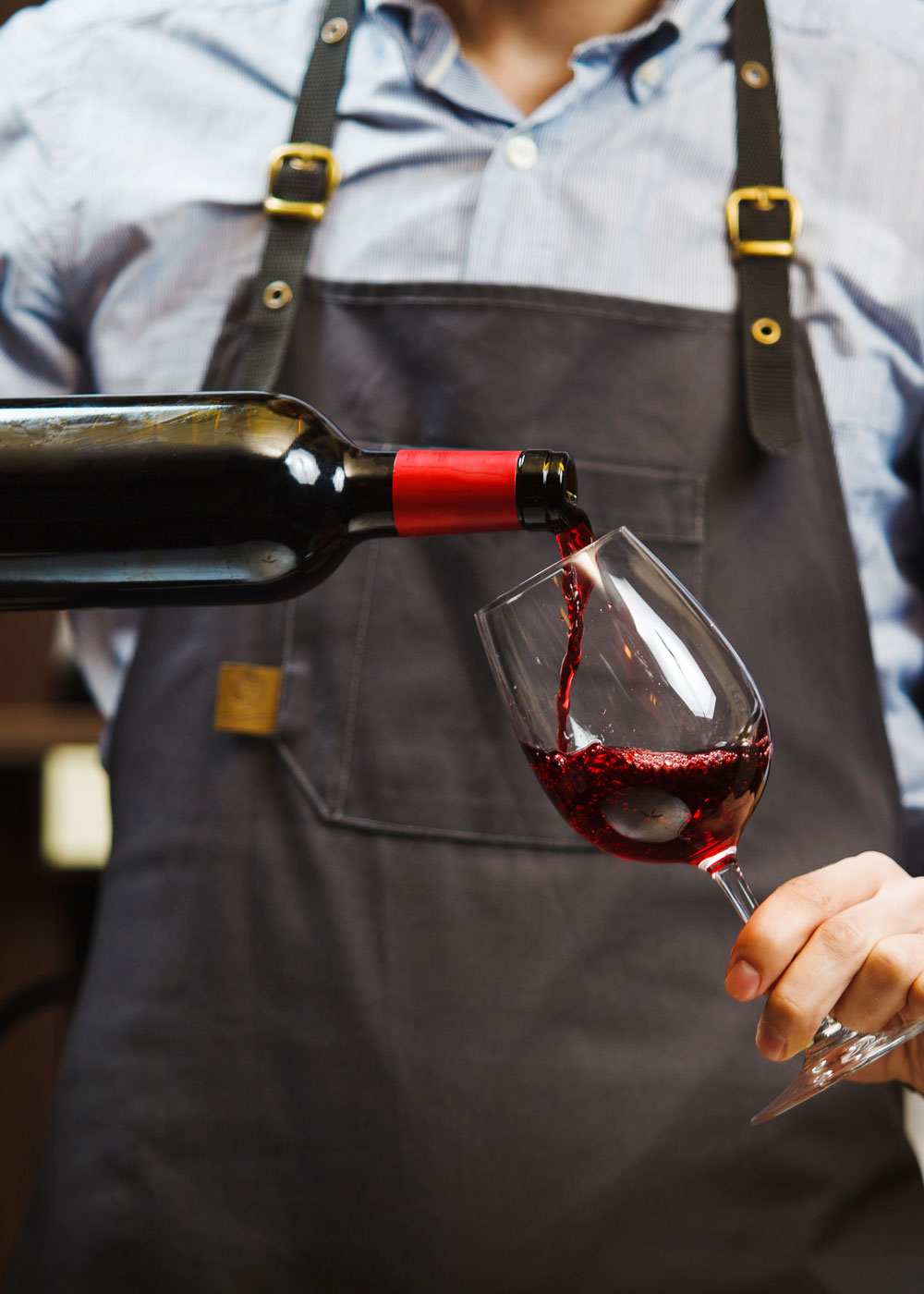Now and then, over the course of my career as a Sommelier, I’ve learned lessons from colleagues and personal experience. From mispronouncing a word to being unprepared at a BYOB restaurant, I’ve made mistakes that you can avoid by reading through the following list.

1. Willamette
The Willamette Valley in Oregon is a premier source for Pinot Noir with an often mispronounced name. Many people – including many professionals on the East Coast – say “wil-uh-MET.” The actual pronunciation is “wil-AM-it.” Locals use the following rhyming phrase as a mnemonic device: “it’s Willamette, dammit!”
2. Meritage
The word “Meritage” is used for Bordeaux-style blends from California. It’s very common to hear it pronounced “mer-i-TAZJ,” but it actually should rhyme with the word “heritage,” because it is a combination of the words “merit” and “heritage.”
Many use the word for red blends in general, but it is actually a trademarked word with a specific meaning created by an organization called the “Meritage Alliance.” They define red Meritage as containing at least two of the following grapes: Cabernet Sauvignon, Cabernet Franc, Malbec, Merlot, Petit Verdot, St. Macaire, Gros Verdot or Carmenère. White Meritage is made from at least two of the following: Sauvignon Blanc, Semillon or Muscadelle du Bordelais.

3. Piedmont vs. Piemonte
Several years ago, it was called to my attention that I had been confusing and conflating the terms “Piedmont” and “Piemonte” on the restaurant wine list I oversaw. Both words refer to the northwestern Italian region – home to Barolo, among other wines. “Piedmont” is the English form of the word pronounced “PEED-mont.” “Piemonte” is the Italian form of the word, which does not contain the letter “D” and is pronounced “pee-uh-mont-ay.” Either form is correct, but they should not be confused.
4. Bringing One Bottle Of Wine To A BYOB
On one particularly sad occasion, I brought a special bottle to a BYOB restaurant which turned out to have a bad cork. The wine was undrinkable, and I didn’t have any other options because the restaurant didn’t have a wine list. Ever since then, I’ve brought at least two bottles when I go to a BYOB place so that I have a backup if the first bottle is flawed.

5. “Is this wine corked?”
I’ve spent many hours in my life agonizing over the question of whether or not a bottle is corked. Sometimes the flaw is subtle and difficult to pin down. Over time, I’ve decided that the question itself is evidence of a flaw. Of all the bottles of wine I open, 95% of them do not seem suspicious to me. It’s only about 5% that furrow my brow and prompt me to seek a second opinion. The only way to know for sure if a wine is corked is to open a second bottle of the same and compare. In nearly every case, the wines that raised my suspicions turned out to be flawed. Trust your instincts.
6. Taking Tiny Sips
When I first started tasting wine, I would take tiny little sips. I’ve since realized that, in order to taste all the flavors in the wine, I need to take large sips. You should feel almost like you’re using mouthwash. Sip enough wine that when you move it around your mouth, it touches most of your tongue all at the same time. Hold the wine in your mouth for at least ten seconds before swallowing or spitting. This will allow you to experience your wine more fully and enjoy the experience of tasting more.
7. Changing Wine Laws
It’s easy to learn a fact about wine and continue to repeat it year after year without checking to see if it’s still true. For example, the Châteauneuf-du-Pape area in the southern Rhône Valley is commonly said to have 13 allowable grape varieties for blending. As of 2009, however, there are 18 listed grapes. I’ve learned to double check even the facts that I’m sure about – in the wine world, facts can change.
8. Moët
For years, I assumed that, since the winery Moët & Chandon is a French Champagne house, the first word was pronounced “mo-ay” without a “t” at the end. It turns out, however, that Moët is a Dutch last name, pronounced “mo-et.”
9. Judging a Bottle By Its Label
I still occasionally catch myself making negative judgments about a bottle based on its label. I remember a blind tasting once, wherein I had a wine that I loved, only to find out that it was from a region I thought I disliked. That taught me to try to stay open minded and be willing to find a good wine experience even when least expected.

10. Serving Wine That You Like Without Regard to Your Guest’s Preferences
It can be tempting to share wines that I’m obsessed with and assuming everyone else will like it as much as I do, without regard for their tastes. When Gruner Veltliner was my new favorite grape, for example, I had to remember to keep some Chardonnay and Sauvignon Blanc on hand, as well. Drinking wine is all about enjoyment, and not everyone should be expected to be equally adventurous. Offer your newest find, but be sure to have some Cabernet or Merlot to fall back on for the comfort of friends who prefer familiar styles of wine.



